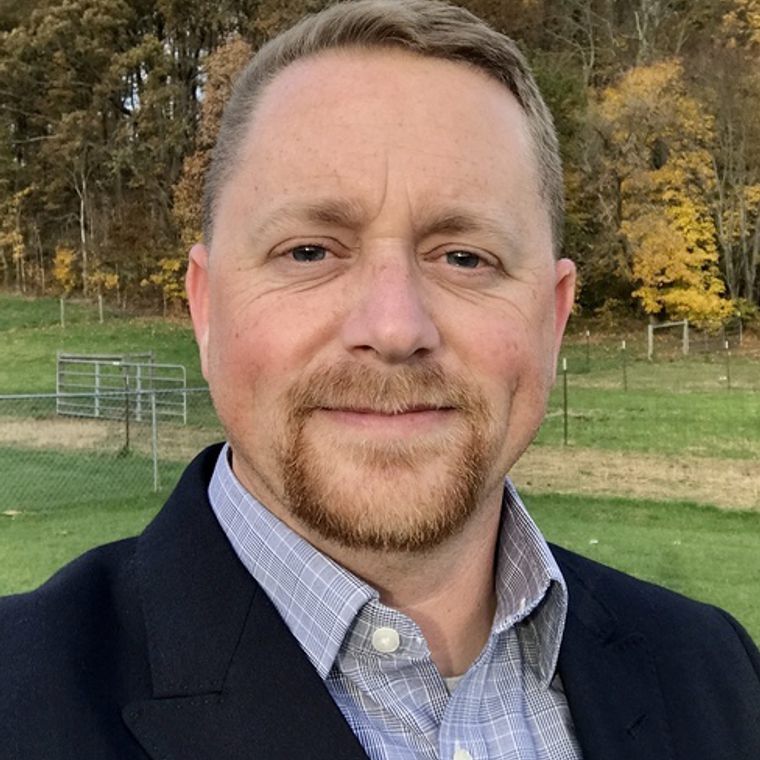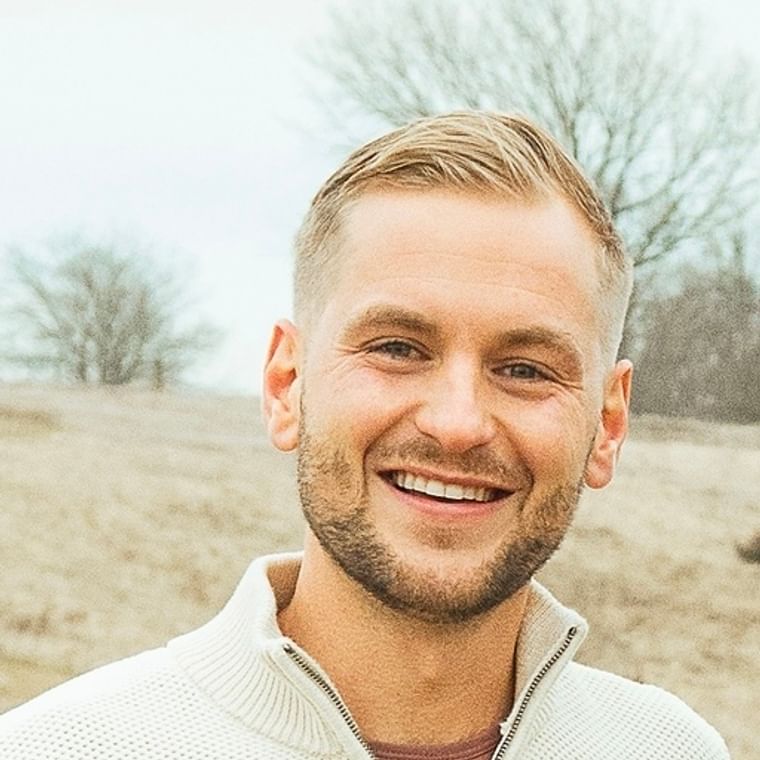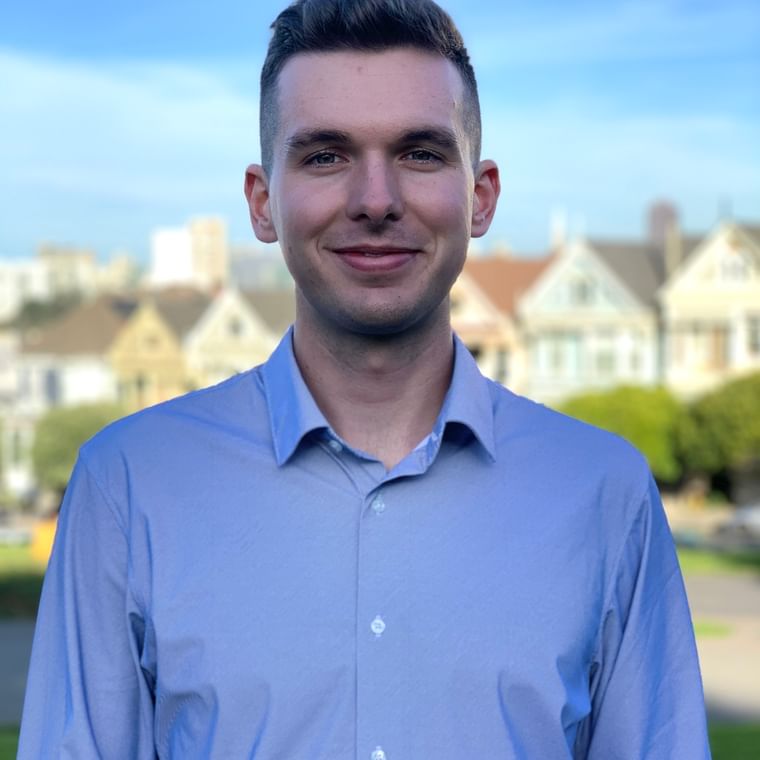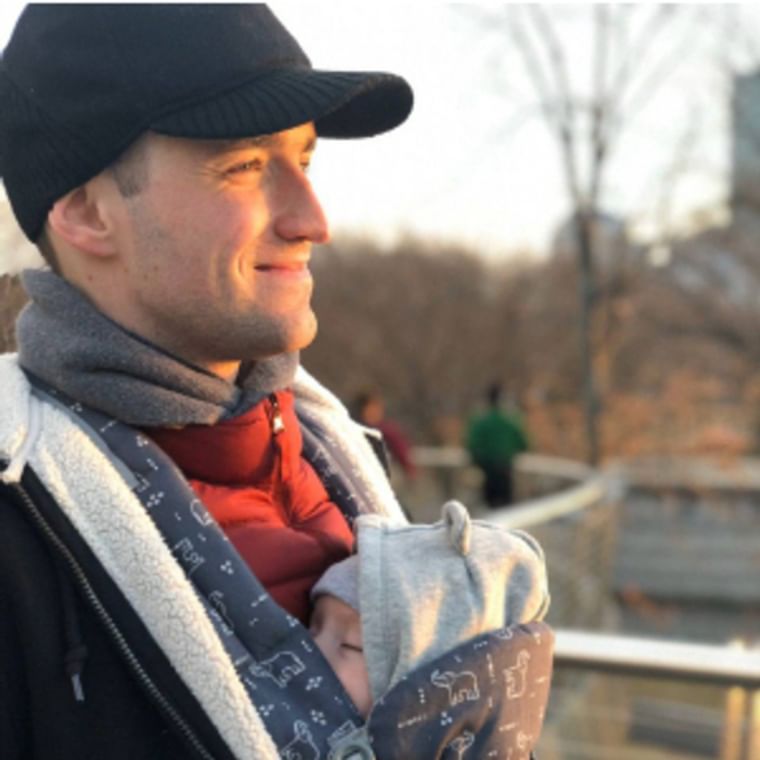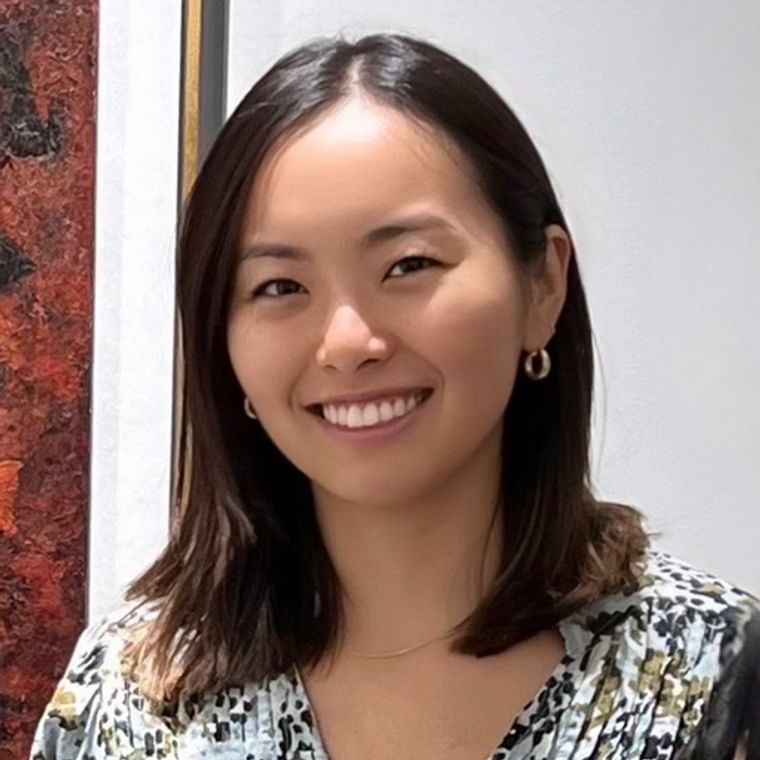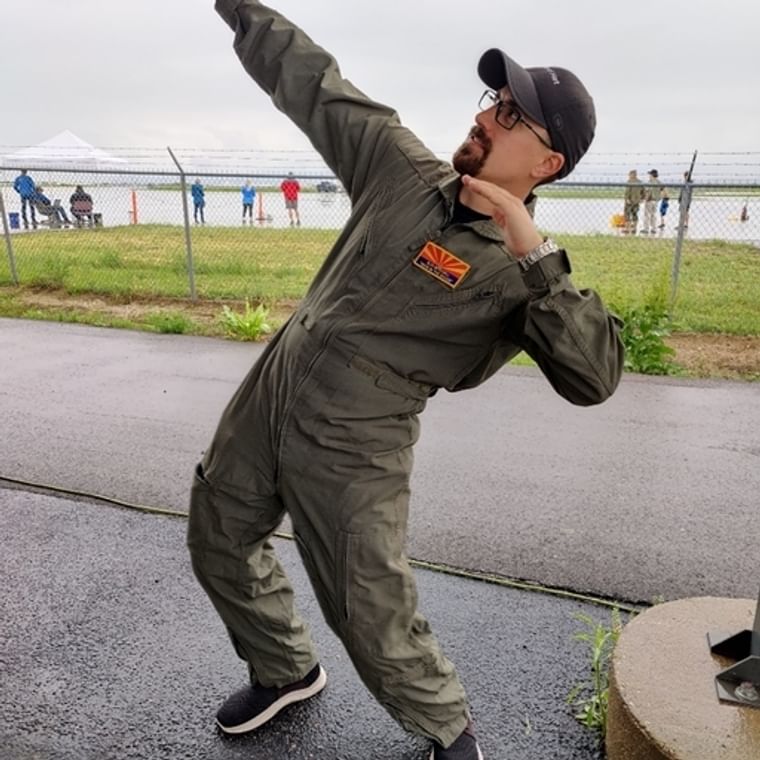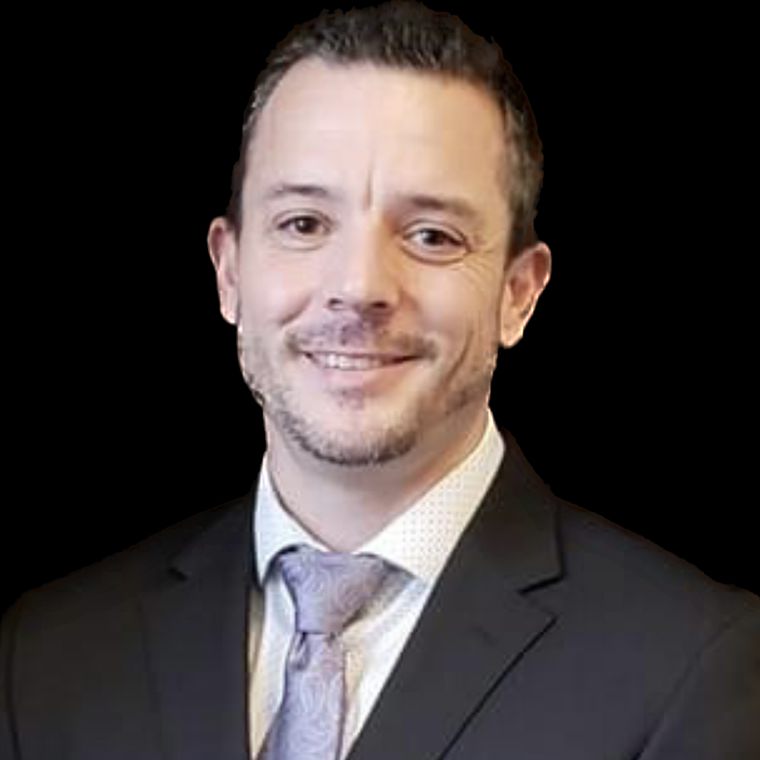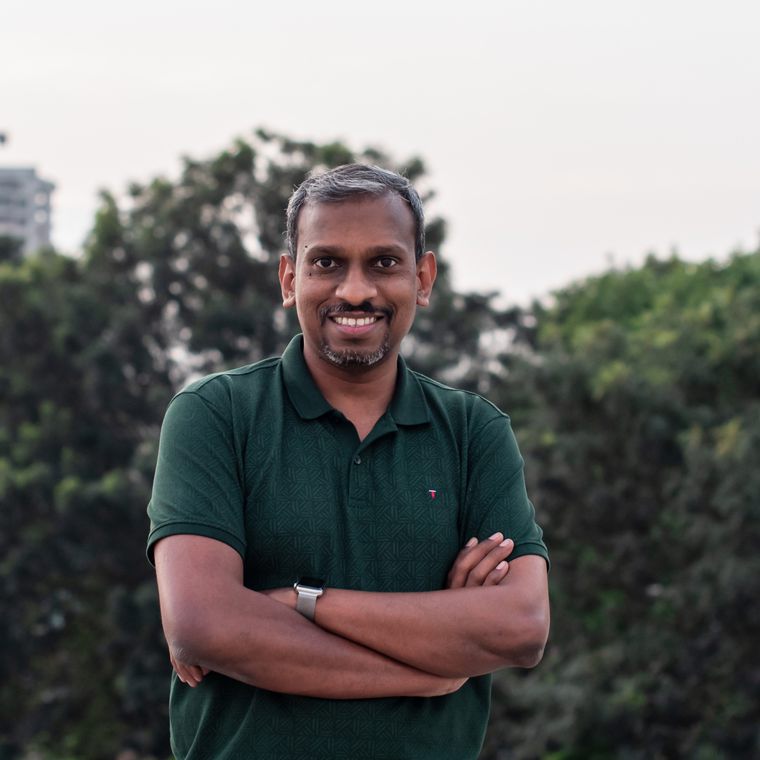Abnormal Voices: Meet Shaan Sheth, Technical Program Manager
Describe yourself in three words.
Pioneering, Reliable, Pragmatic
Tell me about your role at Abnormal.
As a manager of Technical Program Management, I drive complex, cross-functional engineering programs that improve product stability, optimize infrastructure costs, and deliver customer value. I work closely with engineers, product teams, and leadership to ensure projects are executed efficiently. Beyond that, I've played a key role in scaling Abnormal's TPM function, mentoring new TPMs, and refining processes to enhance R&D's operational efficiency.
Tell me about your career journey at Abnormal. How have you grown and what are your goals for the future?
I joined Abnormal right after graduating from UC Berkeley with a degree in Industrial Engineering and Operations Research (IEOR) as the company's first Technical Program Manager (TPM). In less than two years, I grew from a very junior Associate TPM to a Manager of Technical Program Management.
I worked alongside the VP of Engineering and CTO to define scalable processes, lead high-impact programs, and hire a team of top-tier TPMs. My rapid growth stemmed from embracing ownership—whether it was launching a critical initiative or tackling small but impactful problems.
Looking ahead, I’m focused on elevating the TPM function further—coaching my team to own and influence program outcomes while I tackle Abnormal’s next set of high-risk, high-impact challenges. I’m especially passionate about developing emerging talent and ensuring TPMs play a central role in driving operational excellence across R&D.
How has working with AI changed your approach to engineering? What new skills have you developed?
The introduction of LLMs into Abnormal’s work culture has democratized access to information, drastically accelerating my ability to unblock myself in critical situations. Take Abby, our internal chatbot—what started as a hackathon project has evolved into a powerful LLM agent accessible via both a web UI and Slack. Abby browses our entire enterprise environment and knowledge bases, answering Abnormal-specific questions and assisting with operational tasks like creating clear, detailed Jira tickets—often better than I could myself. Now, instead of needing to consult SMEs, I have a reliable, always-available expert in all things Abnormal at my fingertips.
Beyond just consuming information synthesized by AI, I’ve also learned how to make different LLMs work together, feeding outputs from ChatGPT into Claude (and vice versa) to refine responses and extract better insights. One of the most game-changing habits I’ve developed is creating a Custom GPT or Claude Project for every program I run, continuously updating it with meeting notes, transcripts, project trackers, design docs, and other artifacts. These AI-powered knowledge hubs serve as oracles of information, making status reporting, information gathering, and decision-making significantly more efficient.
What's the most interesting project you're working on right now? How are you using AI to solve problems that would have been difficult to tackle just a few years ago?
Right now, I’m leading our Infrastructure Cost Program, a critical initiative as we prepare for the financial discipline required of a public company. Reducing infrastructure costs requires deep coordination across R&D and Finance, and my role involves:
Tracking cost targets and monitoring progress weekly
Building dashboards for better cost visibility
Ensuring cross-team cost-reduction projects stay on track
AI has been instrumental in detecting cost anomalies before they spiral. I applied Abnormal’s core ML approach to cybersecurity—identifying normal behavior to detect anomalies—to infrastructure cost monitoring. I built an AI-driven detection system in Databricks, which flags unexpected cost spikes early, allowing us to stop runaway spending before it escalates.
What excites you most about the future of AI in your role?
What excites me most about the future of AI is how quickly it's evolving and becoming easier to use no matter your role or level. Even in just the past two years at Abnormal, AI tools have gone from something that was inaccessible, optional, and frankly a hassle to use to something that is now basically impossible to do your job well without. I used to think only engineers could benefit from using tools like Cursor or v0 (Vercel), but it's become abundantly clear that even TPMs can use AI to automate repetitive workflows, accelerate decision-making, and build technical familiarity with the systems we're managing.
One area I’m particularly excited about is leveraging AI to build intelligent program assistants and agents—tools that synthesize meeting transcripts, track action items, and generate effective status reports. Instead of spending time manually consolidating information or chasing down updates, AI can help me and my team focus on high-impact problem-solving, and make better, data-driven decisions faster. Ultimately, AI is enabling a new era of technical program management—one that’s more strategic, automated, and focused on driving meaningful outcomes rather than just tracking execution.
Tell me about something you’ve learned working at Abnormal that has changed how you work, or your perspective.
At my previous roles in large companies with hundreds of thousands of employees, I often felt siloed, working on a small project, with little visibility into how my work influenced the broader business outcomes.
When I joined Abnormal, we had fewer than 500 employees, and in my time here, I’ve had the opportunity to interface with teams across the company—from engineering, product, and design teams in R&D to Customer Success, Sales Engineering, FP&A, HR, Product Marketing, and more. This exposure has given me a much richer understanding of how different functions need to work together to operate a high-growth, enterprise company. This level of visibility, understanding, and engagement with cross-functional stakeholders is not something I would've gotten the opportunity to learn at any other company so early in my career.
More importantly, it has given me firsthand experience seeing the tangible impact of my work—whether it’s driving NARR by working with a Sales Engineer to solve a critical issue in time to get a deal across the finish line before quarter close, increasing NDR by orchestrating a datacenter migration for a large EU customer allowing them to remain compliant, or improving gross margin by leading a focused R&D-wide infrastructure cost reduction initiative.
What's an aspect of the engineering culture here that might surprise people?
One aspect of Abnormal’s engineering culture that might surprise people is how deeply ingrained the value of ownership is—it’s not a recommendation, it’s encoded directly in the role expectations of all Product Managers, Engineers, Designers, Technical Program Managers, Data Scientists, and Engineering Managers.
One of my mentors at Abnormal often reminds me, “A good owner is someone who is more knowledgeable, more proactive, and more paranoid about what’s happening than anyone else.” That mindset is woven into every part of how we operate. I’ve never worked with an engineer here who’s said, “That’s not my job” or tried to pass the buck—everyone is empowered to step up, take initiative, and own outcomes.
This culture of ownership is something leadership in R&D truly believes in. They took a huge bet on me, giving me the opportunity to manage a team of TPMs less than two years into my career. Success here isn’t about checking boxes; it’s measured by our ability to take full accountability for the results of any project or task we undertake—and that mindset is what makes our engineering team so effective and getting things done.
What does connection look like for you at work in a remote environment? How do you stay connected to your team?
One of the ways I stay connected with my team is through our bi-weekly TPM forum, which is time specifically carved out to foster connections across the team and share best practices and structured content that uplevels the team. We always spend the first 15-20 minutes sharing pictures of recent wins from our personal lives or getting to know one another better by having someone lead a different ice breaker game each week. The remainder of the time is reserved for someone to present on a topic that could help uplevel and grow the rest of the team.
Beyond virtual interactions, our bi-annual team offsites are key to building deeper relationships and strengthening collaboration. These in-person gatherings allow us to align on strategy, problem-solve together, and—most importantly—bond as a team in a way that’s hard to replicate over Zoom.
What surprised you the most about working at Abnormal?
What surprised me most about working at Abnormal is how much time I actually choose to spend in the office, despite our fully remote-first culture.
When I first joined, the ability to work remotely full-time was a huge perk, and unlike many other companies recently, Abnormal has no plans to shift away from this model. But over time, I found myself going into the NYC office more than three times a week—not because I have to, but because I genuinely enjoy it. The people there are hardworking, motivating, and fun to be around, and we've developed a unique office culture that makes coming in worthwhile.
One of my favorite traditions? Thursday breadmaking. We toss ingredients into a bread machine in the morning, go about our work, and by the afternoon, we gather for fresh-baked bread. It’s a small but meaningful ritual that brings the team together in a way that’s uniquely Abnormal.
If you weren't doing what you do now, what would you be doing?
I come from a family of jewelers, and I could see myself running a small business like they did. Interestingly, many of the skills I use as a TPM—stakeholder management, execution, and risk mitigation—translate well into entrepreneurship.
At Abnormal, I’ve worked across R&D, Sales, Finance, and Customer Success, gaining insights that would be invaluable in building a business. Whether it’s orchestrating complex projects or ensuring smooth operations, TPMs and entrepreneurs share a lot in common.
Why do you stay at Abnormal?
I stay at Abnormal because the opportunity to take on high-impact challenges has never slowed down—if anything, it’s only grown.
When I first joined, we were a fast-growing company with fewer than 500 people, and in that period of rapid growth, there were countless opportunities to step up, take ownership, and work on critical business problems.
Two years later, we’ve more than doubled in size and nearly quadrupled our revenue, yet the pace, ambition, and opportunity to solve hard problems hasn’t changed. This Day 1 mentality—where there’s always a new, high-stakes challenge to tackle and the chance to make a real impact—is what keeps me at Abnormal. No matter how much we grow, there’s still so much left to build, optimize, and innovate, and that’s exactly the kind of environment I thrive in.
_________
Abnormal is a place where engineers don’t just build products—they build careers. If you’re excited by the idea of growing alongside a company that challenges and supports you at every step, check out our open roles.


